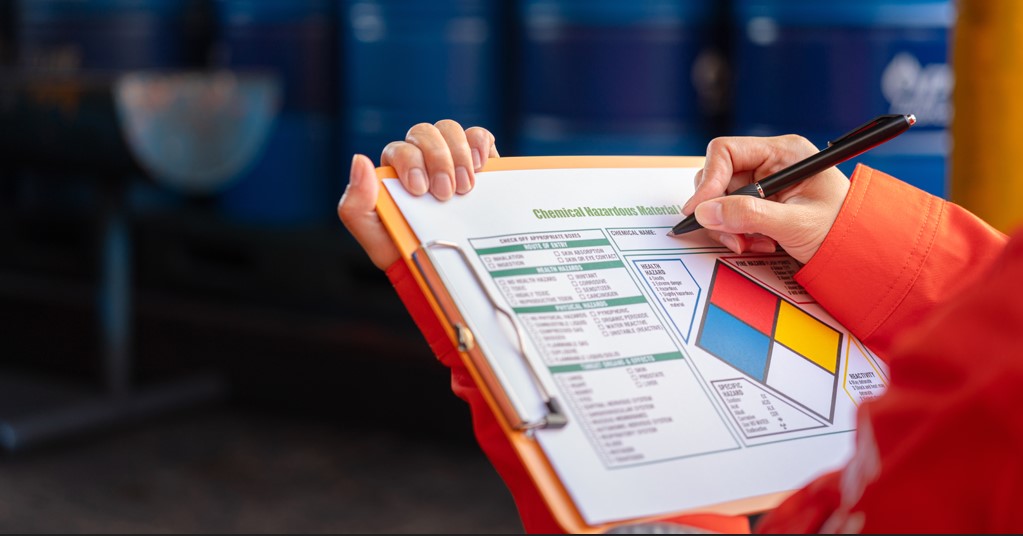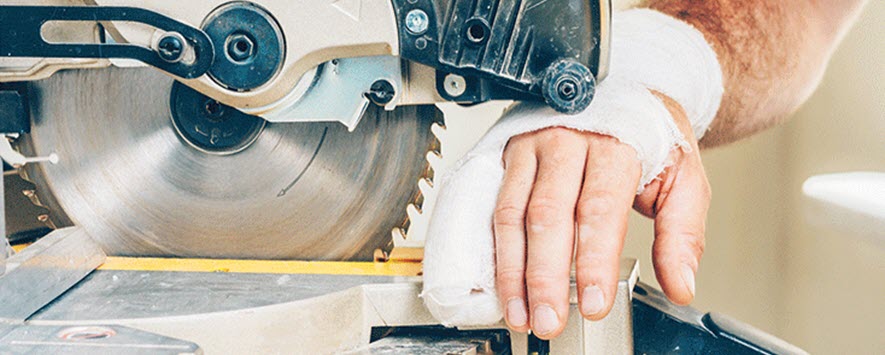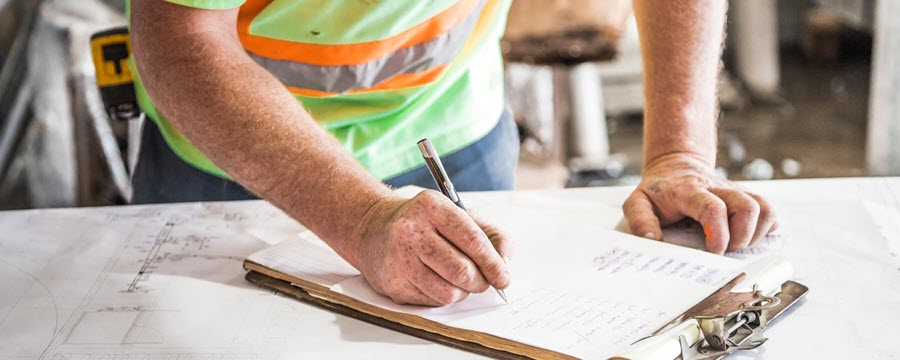
Power Tool Safety 101 – How to Avoid Injuries

When talking using power tools safely, one needs to foresee potential accidents before they happen. When safety is on the line, it’s important to be proactive, anticipate problems and seek new solutions to help you prevent the unexpected – an injury.
With the wide variety of power tools used in many workplaces, it’s critical to use safety procedures to ensure workers don’t end up with a painful injury.
What are the hazards associated with power tools?
When using power tools, appropriate personal protective equipment such as safety goggles and gloves must be worn to protect against hazards that may be encountered while using hand tools, per OSHA.
Use eye-capturing safety posters to remind workers to wear the appropriate protection.
Many workers are unaware of the potential hazards in their work environment, which could cause serious injuries. When it comes to hand and tool safety training, it’s important that every employee is involved in regular safety training – not just the new hires.
Five basic safety rules can help prevent hazards associated with the use of hand and power tools:
- Keep all tools in good condition with regular maintenance.
- Use the right tool for the job.
- Examine each tool for damage before use and do not use damaged tools.
- Operate tools according to the manufacturers’ instructions.
- Provide and use properly the right personal protective equipment.
Logic would suggest that employees with more work experience are less likely to be injured by hand and power tools. However, recent data collected from the Bureau of Labor and Statistics reveals that’s not actually the case. Workers with 5 or more years of work experience are more likely to be injured by their tools than employees with 1 to 5 years of experience.
Here are 13 general safety tips to use when operating power tools:
- Never carry a tool by the cord or hose.
- Never yank the cord or the hose to disconnect it from the receptacle.
- Keep cords and hoses away from heat, oil, and sharp edges.
- Disconnect tools when not using them, before servicing and cleaning them, and when changing accessories such as blades, bits, and cutters.
- Keep all people not involved at a safe distance from the work area.
- Secure work with clamps, freeing both hands to operate the tool.
- Do not hold fingers on the switch button while carrying a plugged-in tool.
- Maintain tools; keep them sharp and clean for best performance.
- Follow instructions for lubricating and changing accessories.
- Keep good footing and maintain balance when operating power tools.
- Remove all damaged portable electric tools from use and tag them
- Wear proper apparel for the task. Loose clothing, ties, or jewelry can become caught in moving parts.
- Keep your workers motivated to use power tools safely by educating them about safe practices and providing training whenever needed.

